Publication details
Publisher: Palgrave Macmillan
Place: Basingstoke
Year: 2016
Pages: 97-102
ISBN (Hardback): 9781349566426
Full citation:
, "Will Self and his inner seahorse", in: Memory in the twenty-first century, Basingstoke, Palgrave Macmillan, 2016


Will Self and his inner seahorse
pp. 97-102
in: Sebastian Groes (ed), Memory in the twenty-first century, Basingstoke, Palgrave Macmillan, 2016Abstract
Remembering the past, navigating the present, and imagining the future rely on a brain structure known as the hippocampus (O"Keefe and Nadel 1978; Hassabis et al. 2007; Spiers 2012). Its name comes from the Latin for seahorse, which it looks similar to. It lies buried deep in each hemisphere of the brain. Damage to the hippocampus prevents the formation of new memories and thus has a dramatic impact on the ability to navigate newly encountered environments (Scoville and Milner 1957; Spiers et al. 2001a) or remember what happened in different places (Spiers et al. 2001b; Spiers 2012).
Cited authors
Publication details
Publisher: Palgrave Macmillan
Place: Basingstoke
Year: 2016
Pages: 97-102
ISBN (Hardback): 9781349566426
Full citation:
, "Will Self and his inner seahorse", in: Memory in the twenty-first century, Basingstoke, Palgrave Macmillan, 2016


